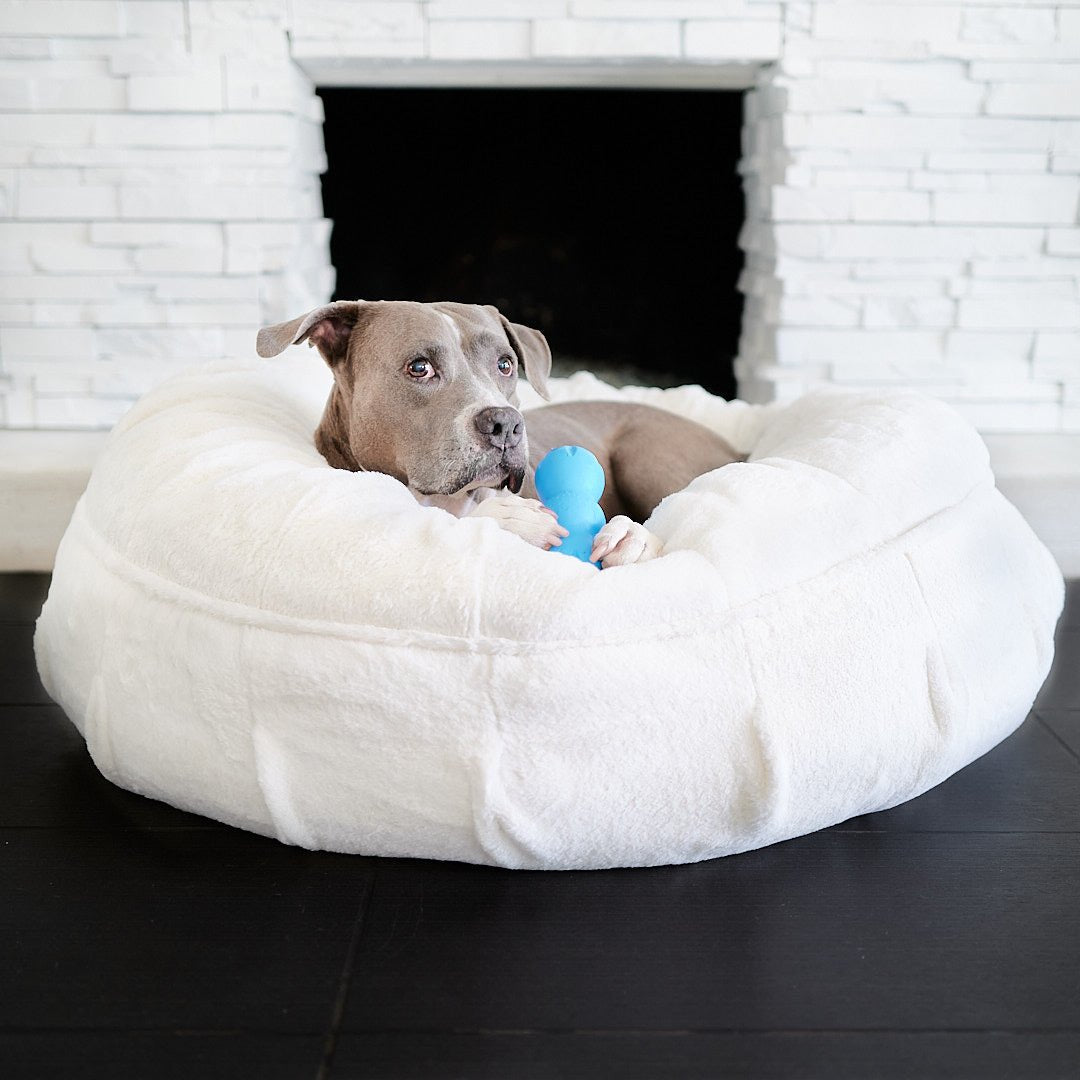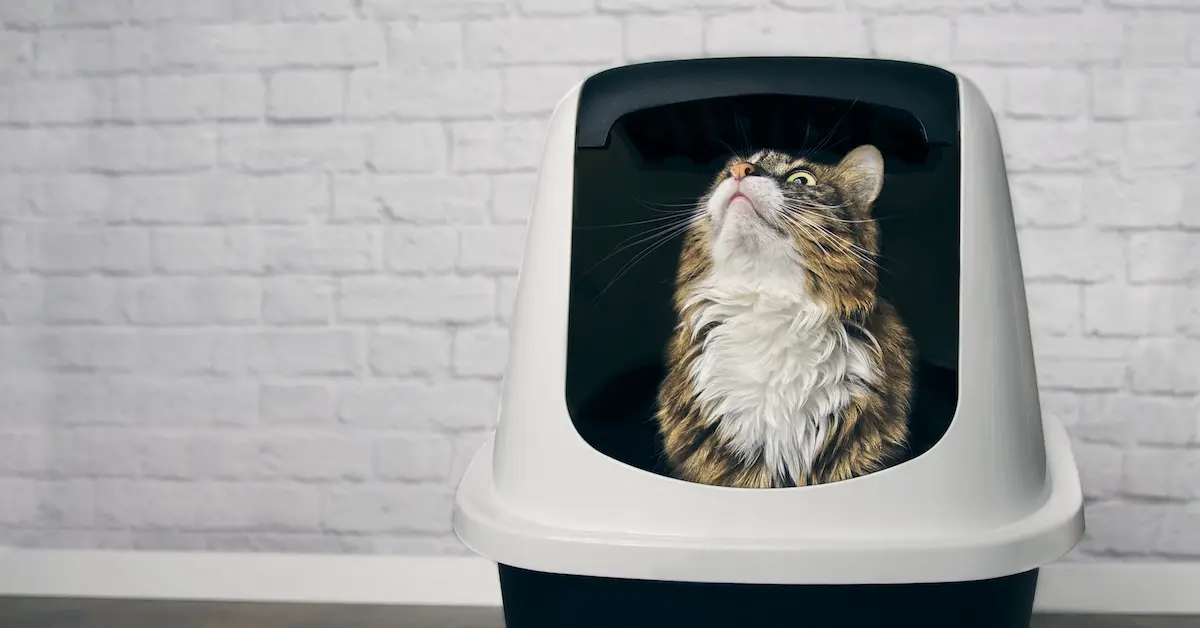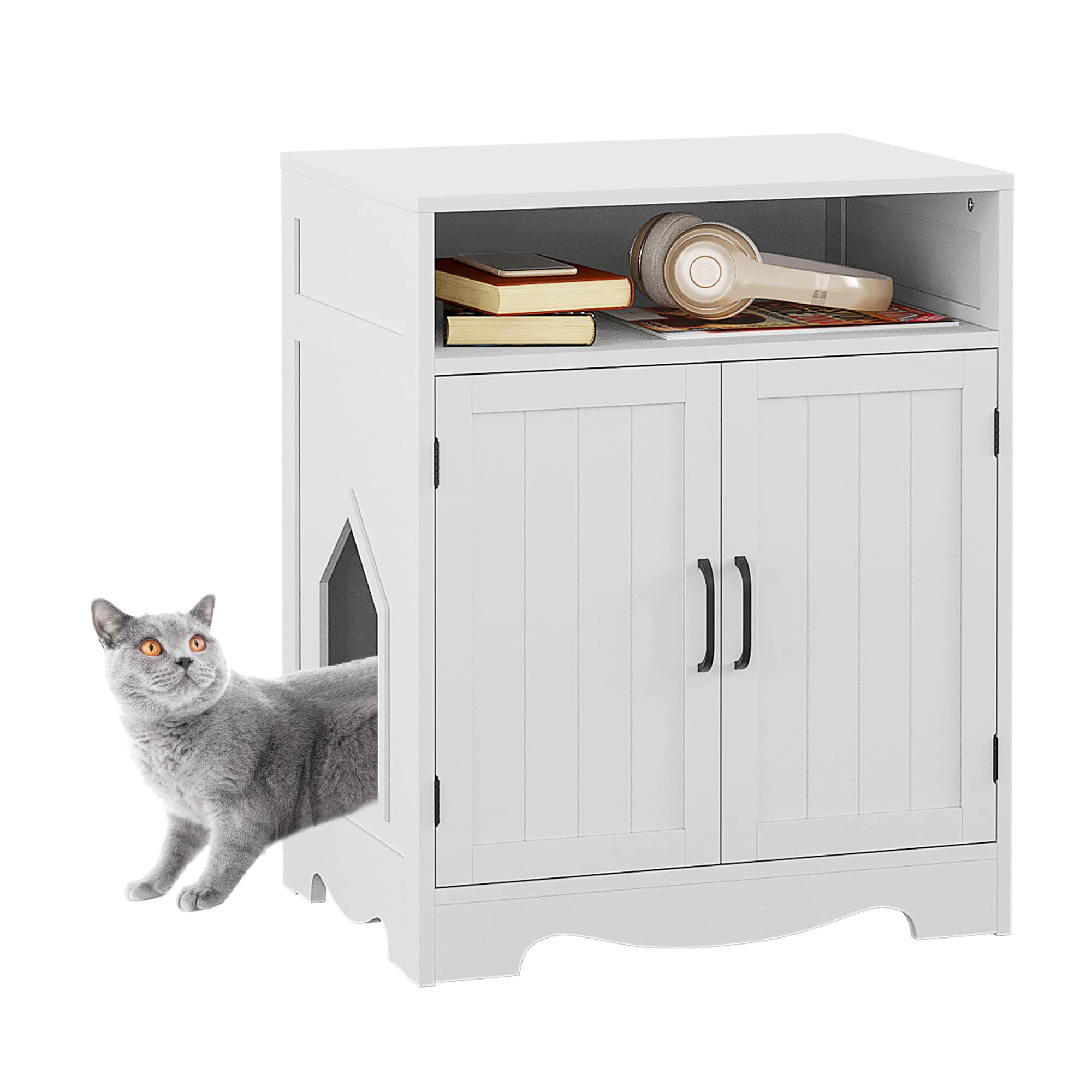Dogs do not think they are killing their toys, but they may exhibit natural predatory instincts when playing with them. As most dogs prefer toys that simulate prey, hearing the high-pitched squeak or ripping apart a soft plush toy can be immensely satisfying to some.
Dogs know that their toys are not live animals because they hear no heartbeat, breathing, or bodily smells, but they may transfer their sense of fun and prey drive onto the toy. While dogs may forget they are playing and try to kill and eat the toy, they do not actually believe it is alive.
We will explore the complex methods dogs use to distinguish their toys from real animals and debunk some misconceptions around why dogs like squeaky toys.
Dogs And Their Toys
Dogs don’t think they are killing their toys, but they can transfer their sense of fun and prey drive onto them. Squeaky and soft toys are often popular among dogs as they simulate prey, and hearing the toy’s high-pitched squeaks or tearing them apart can be immensely satisfying for some dogs.
Dogs understand that their stuffed animals and toys are not real animals, but they have complex ways of distinguishing between their toys and using visual cues to identify them.
Dogs enjoy playing with toys that simulate prey. Soft squeaky toys are popular among them since the high-pitched sound can be satisfying. Dogs do not consider their toys as prey, but it triggers their natural predatory drives. They do not mistake their toys as real animals; dogs use their visual senses to distinguish their toys.
However, a squeaky toy can remind them of the cry made by an injured prey animal. Hence, they try to play with them in a way that they might kill and eat them. However, dogs do not know that their toys lack biological cues. It is a natural instinct that makes them shake and bite their toys in a frenzy.
Do Dogs Believe Their Toys Are Alive?
Although dogs can distinguish toy animals from real ones, they may still engage in natural predatory behaviors when playing with them. Some dogs may seem to forget they are playing and try to kill and eat their toys, activated by their prey drive.
However, dogs generally enjoy toys that simulate prey, such as those that squeak or have soft textures.
Most dogs prefer toys that simulate prey, making squeaky toys and soft plush toys very popular choices. Dogs can differentiate between toys and live animals through visual and sensory clues. Although they know that their toys are not alive, they can still transfer their sense of fun and prey drive onto them. Dogs use visual cues such as size, shape, and color to identify toys. They can also use smell and texture in certain conditions.
Prey Drive Activation
When dogs play with their toys, they might exhibit predatory behaviors such as shaking or biting their toys. Although they are aware that their toys lack biological clues that would indicate they are alive, some dogs may forget they are playing and try to kill and eat their toys. This behavior is a result of their prey drive being activated and triggered by imitating the distressed noises of injured prey animals.
Behavioral Patterns In Dogs
|
Do dogs think they are killing their toys? Let’s dive into the behavioral patterns in dogs when it comes to shaking and playing with toys. Generally speaking, most dogs enjoy toys that simulate prey. Squeaky and soft toys are often popular because they produce high-pitched sounds and can be ripped apart to satisfy some dogs’ instincts. Dogs don’t mistake their toys for real and live animals, but because the toys can emit sounds similar to those of distressed prey animals, they transfer their sense of fun and their prey drive onto them. Dogs don’t start playing with their toys assuming they are killing them, but sometimes they forget they are engaging in play, and their natural predatory instincts take over. This is especially true when dogs do the ‘kill shake’ with their toys, where they whip their heads around violently. However, dogs are aware that toys lack the biological clues that indicate the toys are alive. In conclusion, toys are fun for dogs, and some dogs’ instincts can get the best of them during playtime. But overall, dogs understand their toys are not alive, and there is no evidence to suggest that dogs think they are killing their toys. |

Credit: animalsmatter.com
Factors Influencing Dog Toy Preference
Most dogs have a natural instinct to hunt their prey, and toys that simulate prey tend to be their favorite. Squeaky and soft plush toys are often popular among dogs because they produce the high-pitched sound that resembles an animal in distress. While dogs know that toys are not alive, they enjoy chasing and shaking them because it triggers their natural predatory drives.
Besides, dogs use visual cues to identify toys, but in specific conditions, they might use their sense of smell as well. When it comes to choosing dog toys, size, color, shape, texture, and smell play an essential role in determining their preference. Dogs also tend to forget that they are playing when they feel too excited and may try to kill and eat their toy, which is why owners should supervise their pets during playtime.
In conclusion, it is essential to choose toys that simulate prey and appeal to your dog’s senses. Supervising your pet during playtime is vital to avoid any harm to your pooch. Remember, dogs like to play hard, so let them enjoy their playtime, and you will see how happy it can make them.
Training And Encouraging Playfulness
Dogs don’t actually think they are killing their toys, but they do have a natural predatory drive that can be activated during play. Many dogs enjoy toys that simulate prey, such as squeaky toys or soft plush toys, and the act of ripping them apart can be satisfying.
Dogs use visual and scent cues to distinguish their toys from real animals.
|
Positive Reinforcement Training This means rewarding your dog with treats and praise when they engage in playful behavior with their toys. You can also engage in interactive play with your dog to build a stronger bond and encourage them to play with toys. |
Choosing Appropriate Toys Soft toys and toys that can be filled with treats can provide mental stimulation and help alleviate boredom. Additionally, rotate your dog’s toys regularly to keep them interested and prevent them from getting bored with the same toys. |
Dogs do enjoy playing with toys, but they don’t necessarily think that they are killing them. Squeaky toys and soft toys are popular choices because they simulate prey, and dogs find it satisfying to hear the high-pitched squeak or rip apart the soft plush material. While playing with toys, positive reinforcement training can encourage playfulness and build a stronger bond between you and your dog. It’s important to choose appropriate toys for your dog based on their age, size, and energy level to ensure their safety and prevent boredom.
Playful Behavior In Dogs As A Reflection Of Emotion
When dogs play with their toys, they may exhibit behaviors such as shaking and tearing them apart that resemble hunting and killing prey. However, while dogs may enjoy these activities, they are likely aware that the toys are not living creatures.
Dogs use visual and sometimes olfactory cues to distinguish toys from real animals.
According to experts, dogs do not actually think they are killing their toys when playing. Most dogs like toys that simulate prey, such as squeaky toys and soft plush toys. This is because the sound and texture of these toys trigger a dog’s natural predatory instincts. Dogs understand that their toys are not real animals because they can see and smell that there is no heartbeat or breath coming from the toy.
However, dogs can use visual and scent cues to distinguish between their toys and other objects. Play is actually very beneficial for dogs, as it provides both physical and mental stimulation, reduces stress and anxiety, and strengthens the bond between dogs and their humans. So, while dogs may enjoy “killing” their toys during play, they do not actually think that they are alive or real prey animals.
Toy Safety Tips For Dogs
|
Dogs love playing with toys that simulate prey and can be immensely satisfying for them to hear the high-pitched squeak of a toy or ripping apart a plush toy. However, as a pet owner, you should be careful about the safety of the toys you give to your pets. Here are some tips to keep in mind:
|

Credit: lepepitefrenchies.com
Frequently Asked Questions Of Do Dogs Think They Are Killing Their Toys
Do Dogs Think Their Toys Are Prey?
Most dogs like toys that resemble prey, such as squeaky or soft toys. However, they know that their toys are not alive as they cannot hear any bodily sounds or smells. The high-pitched squeak and ripping apart such toys can activate their prey drive, making it satisfying for them.
Dogs do not think their toys are prey.
Do Dogs Think Their Toys Are Dead Animals?
Dogs don’t think their toys are dead animals. They recognize that toys are not alive because the toys don’t have a heartbeat, breath, or smell like a living animal. However, dogs can transfer their instinct of fun and prey drive onto toys since they can chase and hear the squeaky sound of a toy, which reminds them of an injured prey animal.
Do Dogs Know Their Toys Are Not Alive?
Dogs know that their toys are not alive. They recognize the lack of biological cues, such as heartbeat and breath sounds, that indicate an object is alive. However, they may transfer their prey drive and sense of fun onto their toys, especially those that simulate prey, like squeaky or soft toys.
Dogs can also use visual and smell cues to identify their toys.
Do Dogs Think Squeaky Toys Are Alive?
Dogs do not think that squeaky toys are alive because they can recognize the lack of biological clues such as heartbeat and breathing. However, the high-pitched sounds and movements of the toy can trigger their natural prey drive and give them satisfaction and fun.
Conclusion
So, do dogs think they are killing their toys? While dogs may display behaviors that resemble hunting and killing, it is important to remember that they are simply playing and enjoying themselves. The instinct to chase and shake toys may be rooted in their natural predatory drive, but they are aware that their toys are not living creatures.
As pet parents, it is important to provide our furry friends with safe and stimulating toys that satisfy their need to play and engage their senses.




